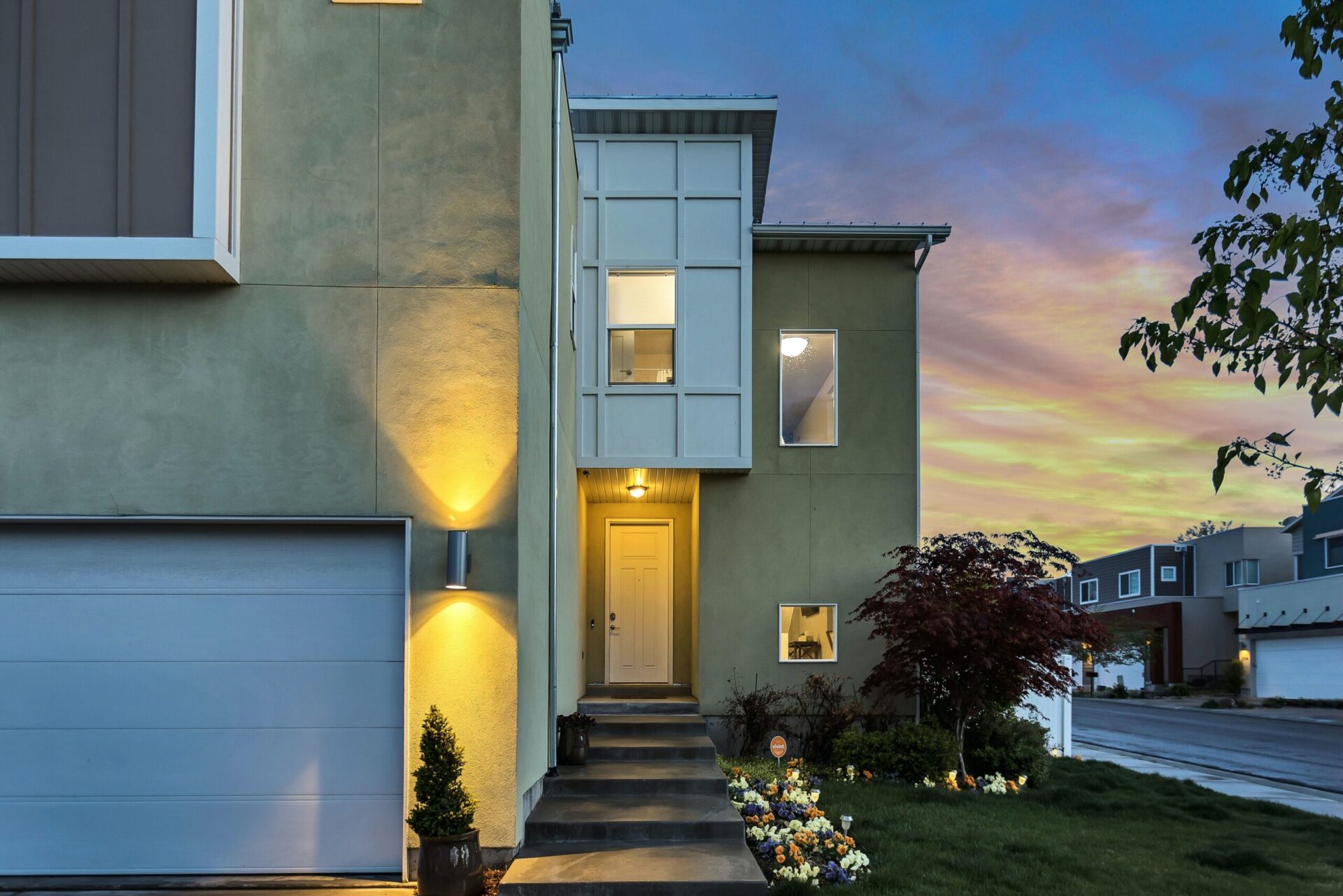Australians are Choosing Houses Over Units?

The start of the COVID-19 pandemic paved the way for a trend in the Australian property market. Now more than ever, there’s a higher demand for houses over unit properties. It’s not surprising to see why this is the case.
Given the demand for houses over units, the gap between the market prices of these properties has widened even more. Read along to see how wide the gap is among the capital cities and what it means for future property buyers in Australia.
Why is there More Demand on Houses over Units in Australia?
There are two main reasons why there’s a higher demand for houses over units in Australia. One, it’s because houses, especially detached housing, provide more space for individuals and families. They can isolate themselves from strangers better in comparison to those who live in buildings and apartments.
Secondly, there’s less overseas migration in Australia due to the pandemic. Since overseas migrants usually rent or purchase unit housing first before setting down, they are one of the main drivers of demand in Australia. Given the COVID-19 situation locally and in other countries, the movement of migrants to Australia is limited.
The Gap Between the Price of Houses and Units in Australia
According to CoreLogic, the house values in the capital cities have risen by 14.2% over the past 16 months. In comparison, the unit values in capital cities only rose by 5.6% over the same period.
The median values of the properties are different as well. For example, in capital city houses, the median value of properties was $797,287. The units, on the other hand, had a median value of $611,117. In terms of median value, there’s a record-breaking 30.5% gap between the prices of houses and units in Australia.
Here’s how the capital cities fared in terms of the gap of houses over units in their areas:
- Sydney
In Sydney, the price gap between houses and units is 54.2%. The unit values continue to decline since the start of 2021, mainly due to subdued rental conditions and overall low investor participation. The median value of housing units in Sydney is $1,224,613, higher than the unit properties’ median value of $794,193.
- Brisbane
The house values in Brisbane have increased by 15.5%-- more than three times the increase of unit housing’s 5% increase. However, the gap isn’t solely because of the effects of the pandemic.
For years, unit construction across Brisbane have increased substantially. The high supply but low demand has caused unit prices to be less responsive to price increases.
- Melbourne
Like Brisbane, Melbourne currently has a weak unit rental market. One of the reasons why this is the case is because of the lack of overseas migration. However, there’s a gap of 54.2% in Melbourne’s house and unit median prices.
While individuals may prefer houses over units, the cost of purchasing houses is getting out of reach. The high supply of units and the end of HomeBuilder (government assistance for housing during COVID-19) may cause people to gravitate towards the unit market soon.
- Adelaide
In Adelaide, house values have increased by 16.2%, while unit values have increased by 7.3%. Even before the pandemic, the premium of choosing houses over units is already apparent in Adelaide. This may be because of the high owner-occupation in Adelaide and the increase in the construction of units in the city.
- Perth
Perth’s house premium has increased to 38.9% from its 25.6% before. This premium is caused by the high stock of low-density housing across Perth and the concentration of units in high-density areas, particularly in cities. Since the onset of COVID-19, the difference in the house values ($550,099) and unit values ($395,979) have increased even more.
- Canberra
Canberra has the most significant gap between the prices of houses and units in the capital city markets, reaching 74.8%. Apart from the trends in current demand, another reason for the large gap is the numerous unit developers over the past decade. Thus, there is less supply of houses. As a result, people are willing to pay for it more than overabundant units. Canberra houses have a median price of $877,311, while units have a median price of $501,754.
- Hobart
In Hobart, the gap between the values of houses and units is slowing down. This is due to the lack of house listings, which pushed people to look for units recently. Hobart’s increase in unit values is 10.3%, a bit more than the house values’ 6.7%.
- Darwin
Like Hobart, Darwin’s gap between median values of houses and units has declined as well. However, the house premium still sits at a high median price. Darwin’s houses have a median price of $567,842, compared to Darwin units’ price, which sits at $337,048.
How Would These Gaps Affect Homeowners and Potential Buyers?
Depending on where you live in Australia, people may gravitate to houses more than units. It is therefore wise to know the trends in the property markets in capital cities. This knowledge can arm you in deciding which type of property works best for you and your budget and which one may be more strategic to get.
Learn more about price gaps in houses versus units in Australia. Browse through our collection of articles to find valuable insights on property investment here at Makes Cents.




